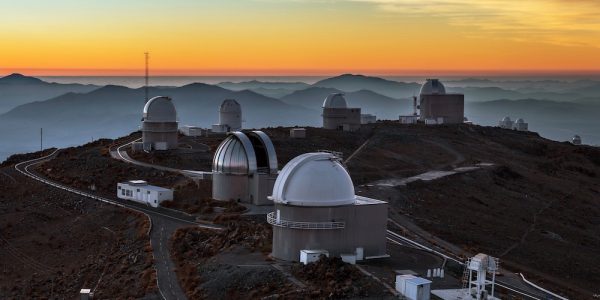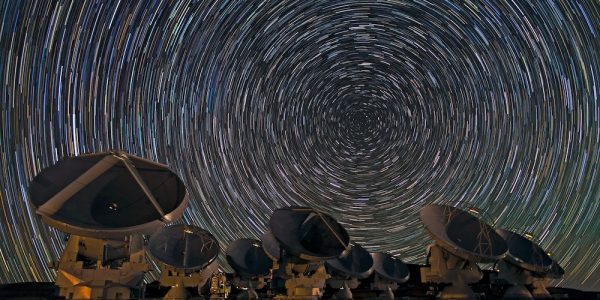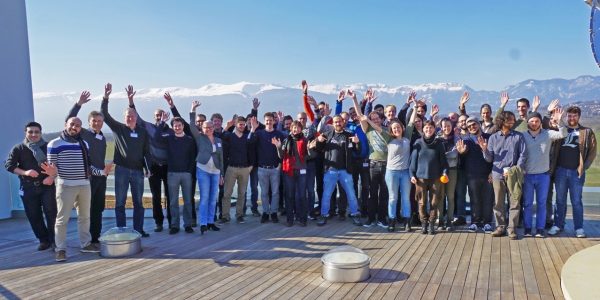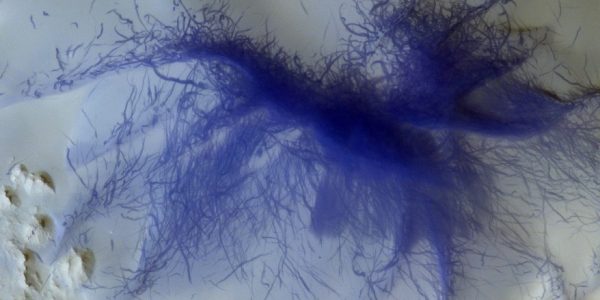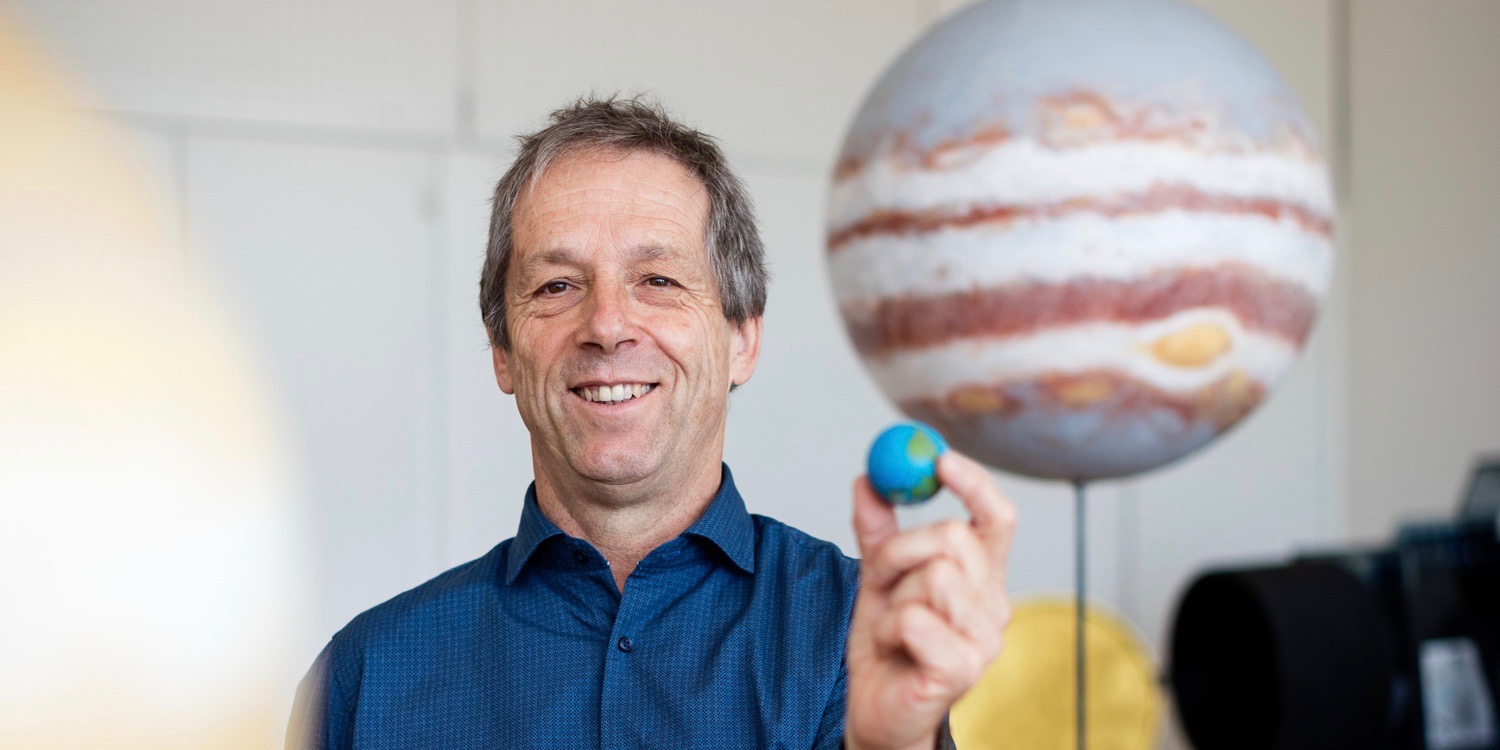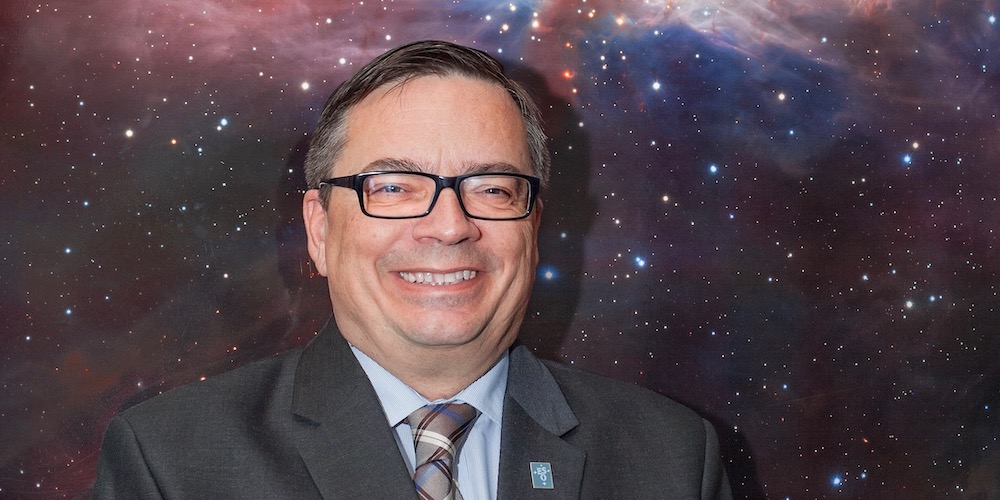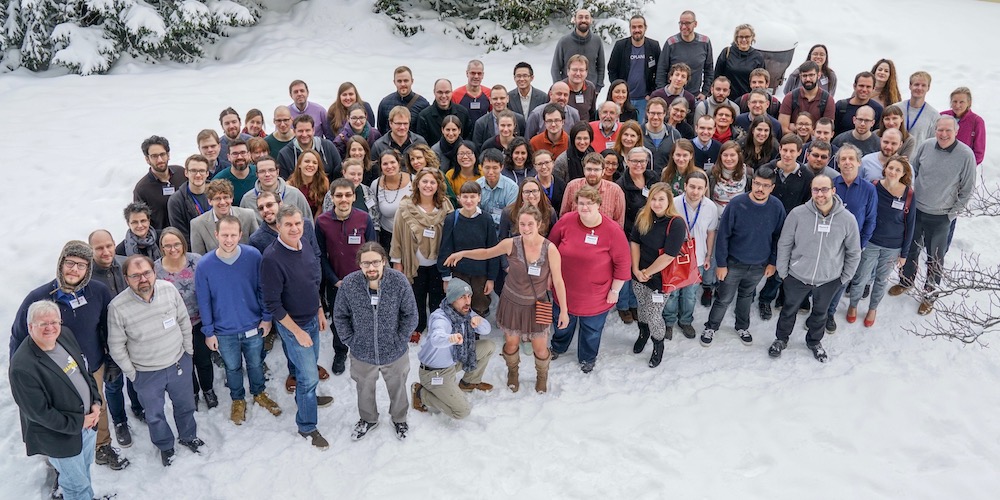Uncategorized
La Silla, an observatory with a bright future
Since its inauguration in 1969, ESO’s La Silla Observatory has been at the forefront of astronomy. Its state-of-the-art instruments have enabled astronomers to make fundamental discoveries and paved the way for future generations of telescopes. After 50 years of activity, the La Silla Observatory remains a reference in the field and has recently been given […]
Continue ReadingThe surprising paths of astronomy
Many young researchers are concerned about their professional future. In the InsiderS newsletter, we introduce physicists who did not take the direct path to a professorship, but nevertheless made a successful career, like Stéphane Berthet, Vice-Rector of the University of Geneva. Stéphane Berthet was born in Geneva in 1960 and studied in the same city. […]
Continue Reading“Prepare and practice with passion”
Cécile Bastien Remy calls herself “Public Speaking Jedi – Trainer – Speaker”. At the 5th General Assembly of PlanetS she was invited to give a workshop. “If you are not in a general mindset of giving to your audience, your audience will feel it,” Cécile Bastien Remy says. Nadine Afram, PlanetS: If you could only give […]
Continue ReadingAsk the NCCR
In a workshop at the General Assembly members of the PlanetS Board answered questions about the NCCR. “It’s important that you understand how the system in which you work functions,” said PlanetS Director Willy Benz. Why does PlanetS not offer permanent positions? The NCCR receives money from the Swiss National Science Foundation (SNSF), but no […]
Continue ReadingUpcoming workshops
TESS workshop: Tuesday May 21st 2019 @ Geneva Observatory The Transiting Exoplanet Survey Satellite, TESS, is these days sweeping the sky searching for transiting exoplanets. The expected yield of more than 1000 planets transiting bright stars will affect every sub-field of exoplanetology; from statistical analysis of planet populations, internal structure models, planet formation theory to […]
Continue ReadingMachine Learning Workshop
Last February the Geneva Observatory hosted a Machine Learning workshop. Machine Learning methods have been around for many years now and their use is growing within the astronomical community. This 3 day workshop focused on the practical use of supervised and unsupervised Machine Learning techniques on astronomical data, with short theoretical introductions followed by extensive […]
Continue ReadingNew images of Mars
The Bernese camera CaSSIS delivered new high-resolution, colour images of the surface of Mars. They show curious surface features, water-formed minerals, 3D stereo views, and even a sighting of NASA’s InSight lander. The Colour and Stereo Surface Imaging System (CaSSIS) was developed by an international team led by Nicolas Thomas, professor at the University of […]
Continue ReadingEditorial
Dear Readers, Time flies! When you receive this edition of the Observer, PlanetS will already be nearing the end of its five year of existence! Not even a blink of an eye on astronomical timescales and yet our science and therefore our activities have evolved enormously. With improving astronomical instrumentation, the focus of attention shifts […]
Continue Reading“This is a gigantic project even for ESO”
Xavier Barcons is Director General of the European Southern Observatory ESO. Last week he travelled to Switzerland for the ESO Council Meeting that took place in Bern. ESO is currently building the Extremely Large Telescope ELT. With a mirror diameter of 39 meters the ELT will be the world’s largest optical/near-infrared telescope. NCCR PlanetS: What […]
Continue ReadingA golden age for planetary scientists
The NCCR PlanetS is now in its second four-year-long phase. 122 members and associates gathered at the end of January 2019 to review what they have achieved and discuss new research projects. Research initiatives such as PlanetS are temporary projects. The Swiss National Science Foundation SNSF funds National Centres of Competence in Research (NCCR) for […]
Continue Reading
